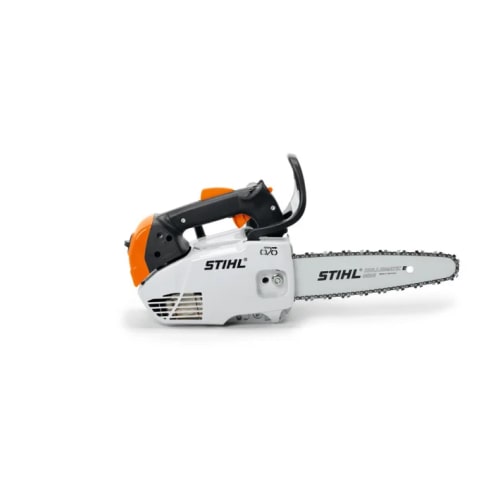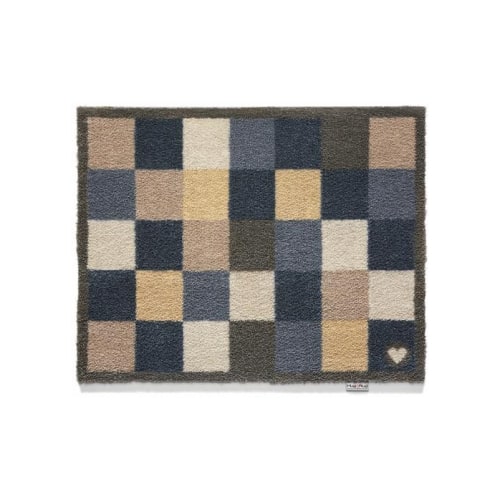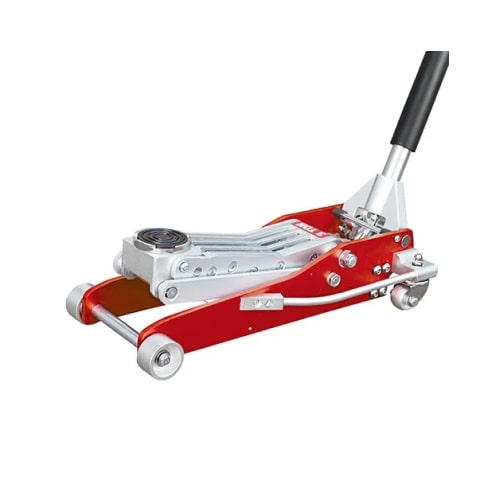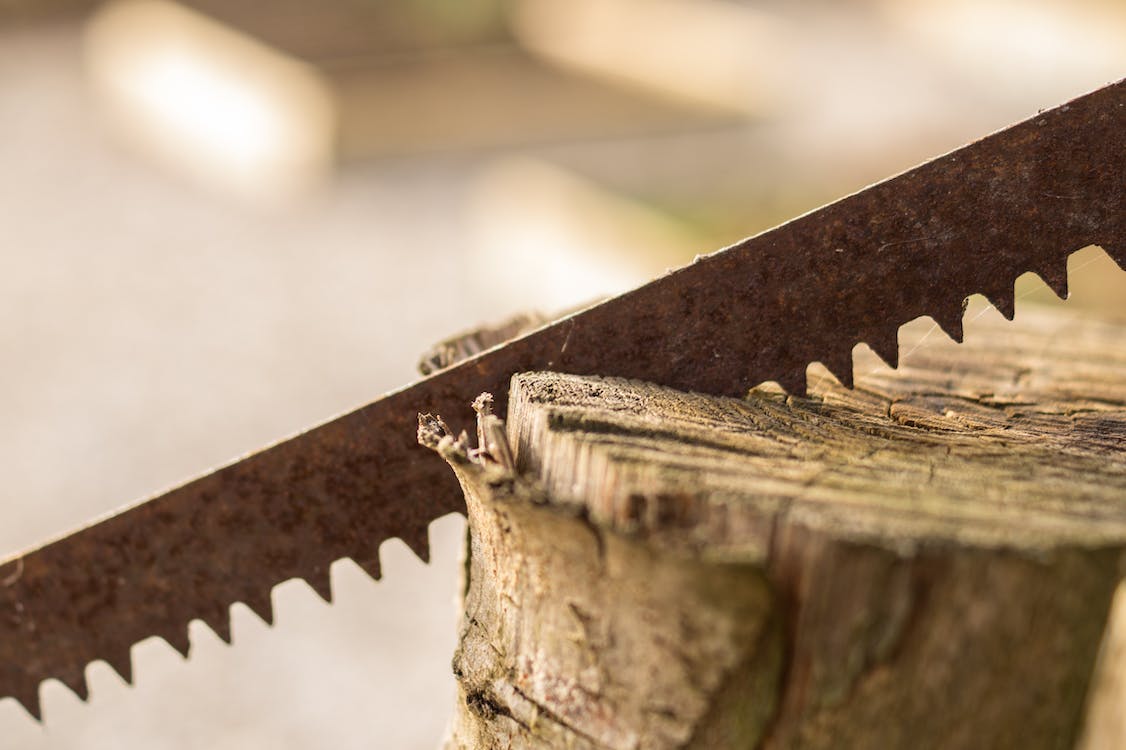To celebrate the coming launch of the new horror-franchise favourite Saw movie we've put together a list of the different types of saws (and we promise they're not as terrifying as the film).
Saws are indispensable tools in woodworking, metalworking, construction, and DIY projects. They come in a variety of shapes and sizes, each designed for specific tasks and materials. In this article, we will delve into the world of saws and explore five distinct types: cut-off saws, circular saws, jigsaws, coping saws, and hacksaws. Understanding the differences and applications of these saws will help you choose the right tool for your next project.
Cut-Off Saws
Cut-off saws, also known as abrasive saws or chop saws, are powerhouse tools used for cutting through tough materials like metal, concrete, and masonry. They feature a large, round abrasive disc that rapidly spins to create clean and precise cuts. Cut-off saws are commonly used in construction and metal fabrication due to their ability to make straight, fast cuts in thick materials. They are available in both handheld and stationary versions, making them versatile tools for professionals and DIY enthusiasts alike.
A great cut-off saw is the STIHL TS 410 Petrol Cut-off Saw, which is a fantastic, powerful cut-off saw with good safety features and reduced emissions.
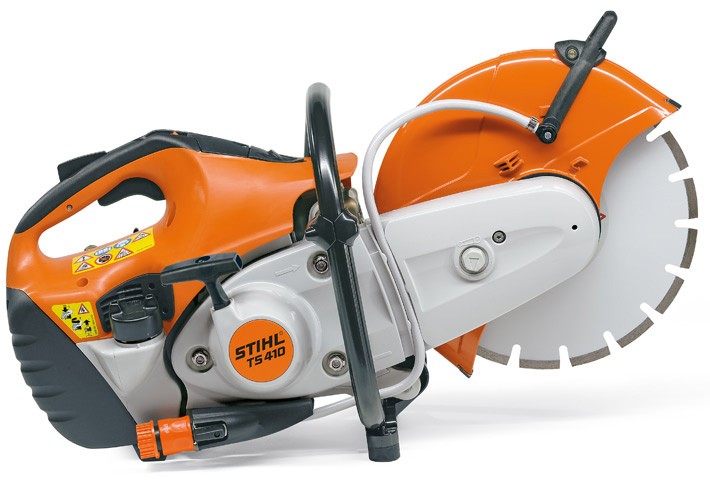
Circular Saws
Circular saws are one of the most versatile power tools in any carpenter's or woodworker's toolbox. These saws have a circular blade with sharp teeth that rotate at high speeds, allowing them to cut through various materials, including wood, plastic, and metal. Circular saws come in different designs, such as sidewinder (with the motor alongside the blade) and worm-drive (with the motor behind the blade). They excel at making straight cuts and are essential for tasks like cross-cutting, ripping, and bevel cuts in lumber.
A good example of circular saw is the Hiatachi C7SB2 Circular Saw, with a unique 90 degree angle setting. This saw provides both cost-effectiveness and power to any project.
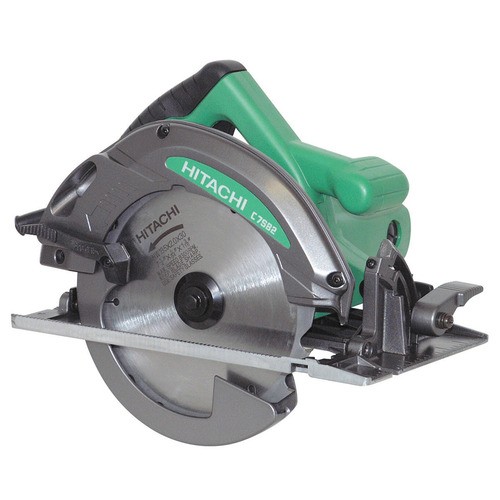
Jigsaw
Jigsaws are the go-to saws for making intricate curved and detailed cuts in wood, plastic, or thin metal sheets. They feature a thin, narrow blade that moves up and down rapidly in a reciprocating motion. Jigsaws are highly maneuverable, making them ideal for cutting out shapes and patterns, creating notches, and working on intricate designs. They are a must-have for hobbyists and professionals engaged in tasks like scrollwork, furniture making, and decorative carpentry.
Our favourite Jigsaw is the Hitachi CJ110MV Jigsaw, which has variable speed control for a great cut.
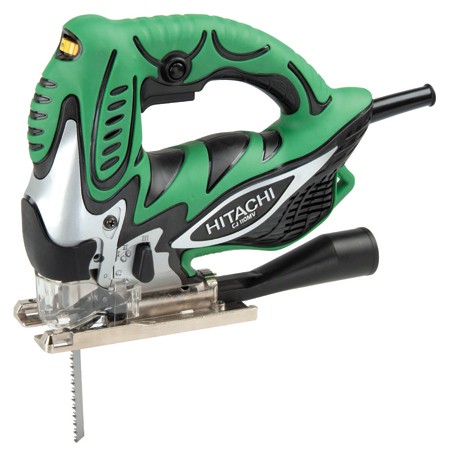
Coping Saws
Coping saws are specialty hand saws specifically designed for detailed and precise woodworking tasks, such as cutting curves, moldings, and joinery work. These saws consist of a thin, fine-toothed blade stretched between a C-shaped frame, which allows for intricate cuts in tight spaces. Coping saws are commonly used for trimming and fitting joints, especially in crown molding and baseboard installation. They offer excellent control and accuracy, making them an essential tool for finish carpenters.
Our top coping saw is the Draper Coping Saw with a chrome plated frame with wooden tensioning handle.
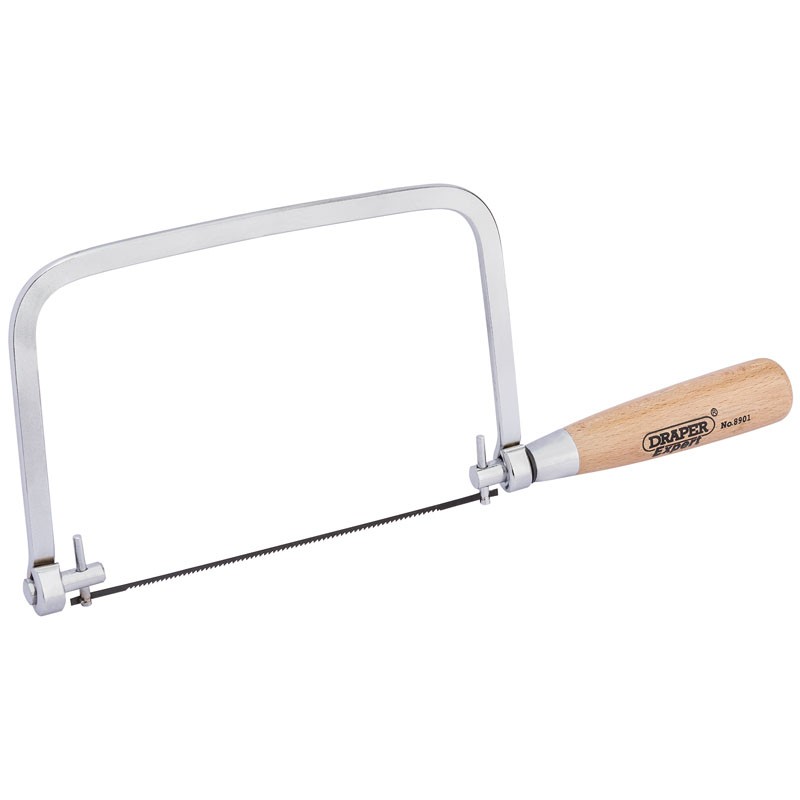
Hacksaw
Hacksaws are simple yet effective hand saws designed for cutting metal pipes, rods, and other small metal pieces. They feature a small, fine-toothed blade tensioned in a U-shaped frame. Hacksaws are portable, easy to use, and can make both straight and curved cuts in metal. These saws are a staple in metalworking, plumbing, and automotive repair workshops, where precision and control are crucial.
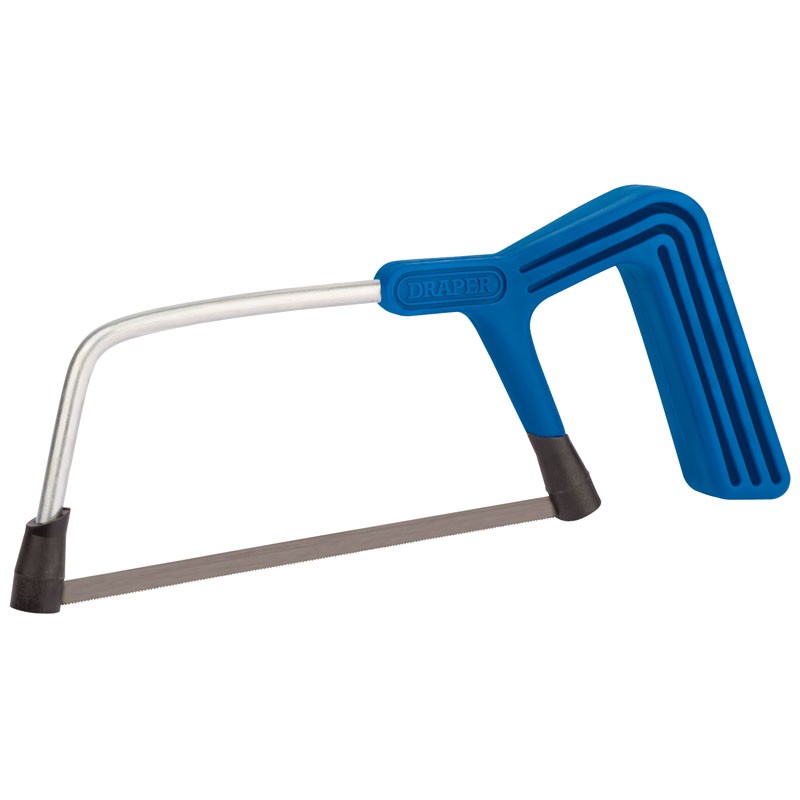
Final Thoughts
Saws are essential tools in various industries and DIY projects, and choosing the right one can significantly impact the quality and efficiency of your work. Cut-off saws are the heavy-duty champions for tackling tough materials, while circular saws excel at versatile woodworking tasks. Jigsaws are perfect for intricate designs, coping saws for finish carpentry, and hacksaws for precise metal cutting. Understanding the differences between these saws will help you make informed decisions when it comes to selecting the right tool for your specific needs.





